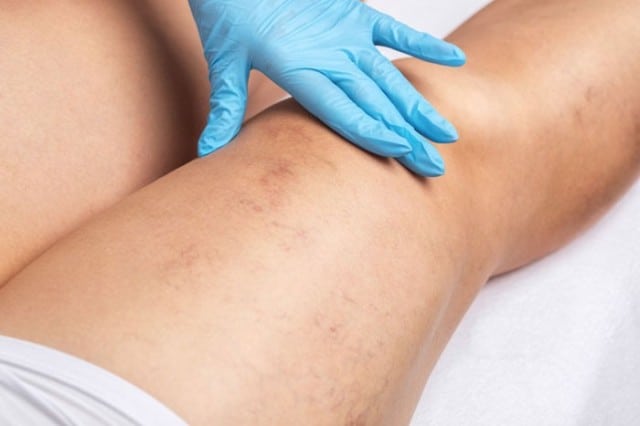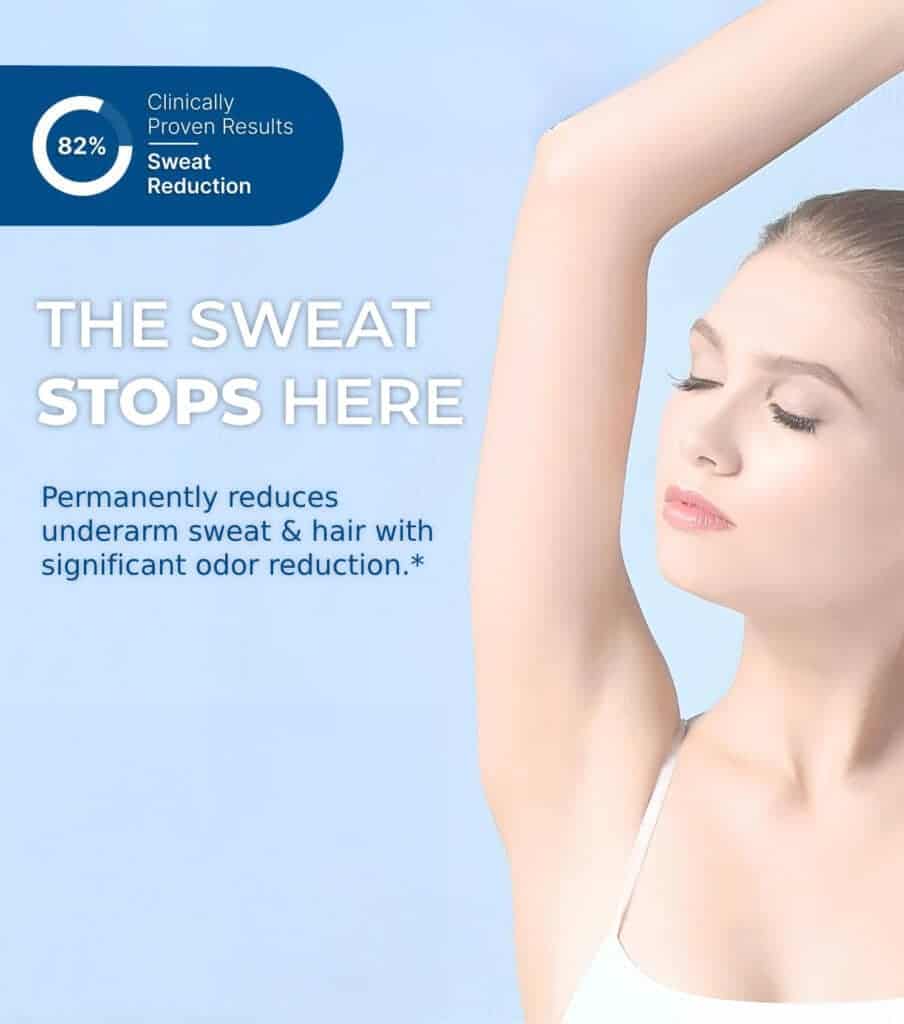
Varicose and spider veins can be more than just a cosmetic concern—they may cause discomfort, heaviness, or swelling in the legs. Sclerotherapy is a widely used, minimally invasive procedure that effectively treats these problem veins, but not all sclerotherapy techniques are the same. The two primary methods are visual sclerotherapy and ultrasound-guided sclerotherapy.
While both treatments use a sclerosant solution to close unwanted veins, they serve different purposes. Visual sclerotherapy is ideal for treating small, visible veins close to the skin’s surface, while ultrasound-guided sclerotherapy is used for deeper, hidden veins that require precise imaging for accurate treatment.
We offer both techniques to help our patients achieve healthier, smoother legs. If you’re wondering which treatment is right for you, schedule a consultation with our expert team today!
Understanding Sclerotherapy for Vein Treatment
Sclerotherapy is a non-surgical vein treatment that involves injecting a special solution (sclerosant) into problematic veins. The sclerosant irritates the vein walls, causing them to collapse and eventually be absorbed by the body. Over time, this process improves circulation and eliminates visible veins.
This treatment is highly effective for both cosmetic and medical concerns related to venous insufficiency. However, choosing the right type of sclerotherapy depends on the size, depth, and severity of the affected veins.
What Is Visual Sclerotherapy?
Visual sclerotherapy is used to treat spider veins and small varicose veins that are visible to the naked eye. Since these veins are located close to the surface of the skin, the treatment does not require imaging technology.
During the procedure, a fine needle is used to inject the sclerosant directly into the affected vein. The treated vein collapses and is gradually absorbed by the body, reducing or eliminating its appearance. Over several weeks, the skin looks clearer and smoother.
Visual sclerotherapy is best suited for spider veins and minor varicose veins on the legs. Many patients choose this treatment for cosmetic improvement, as it is quick, effective, and requires minimal downtime.
What Is Ultrasound-Guided Sclerotherapy?
Ultrasound-guided sclerotherapy is designed for treating larger veins that are hidden beneath the skin. These veins are often responsible for symptoms such as leg pain, swelling, and heaviness.
Because these veins are not visible to the naked eye, ultrasound imaging is used to guide the procedure. The provider uses real-time ultrasound to locate the affected vein and precisely inject the sclerosant, ensuring accurate treatment and optimal results.
Ultrasound-guided sclerotherapy is ideal for treating larger varicose veins and underlying venous insufficiency. Beyond cosmetic improvement, this treatment is often necessary for medical reasons, as it helps improve circulation and relieve uncomfortable symptoms.
Key Differences Between the Two Treatments
While both visual and ultrasound-guided sclerotherapy are effective for treating problematic veins, they serve different purposes.
The primary difference between the two is the type of veins they treat. Visual sclerotherapy is used for surface-level veins that are easy to see, making it a popular choice for cosmetic concerns like spider veins. Ultrasound-guided sclerotherapy, on the other hand, is used to treat deeper, hidden varicose veins that contribute to circulation problems.
Another difference is how the treatment is performed. Visual sclerotherapy is done without imaging guidance, as the veins are visible. In contrast, ultrasound-guided sclerotherapy relies on ultrasound technology to precisely locate and treat veins beneath the skin.
Additionally, the purpose of the treatment differs. Visual sclerotherapy is primarily for cosmetic improvement, whereas ultrasound-guided sclerotherapy is often medically necessary for individuals experiencing symptoms like pain, swelling, and heaviness in the legs.
Both treatments are minimally invasive, require no anesthesia, and have little to no downtime, making them convenient options for vein care.
What to Expect During and After Treatment
Both visual sclerotherapy and ultrasound-guided sclerotherapy are minimally invasive procedures performed in-office, typically taking between 30 to 45 minutes, depending on the extent of veins being treated. The procedures are generally well-tolerated, and most patients are able to resume their normal activities immediately after treatment. However, your doctor may recommend wearing compression stockings to aid in the healing process and enhance the results. These stockings help support the treated veins and improve circulation, facilitating a smoother recovery.
Recovery and Aftercare:
- Mild swelling or redness at the injection site is normal and usually resolves within a few hours to days.
- Bruising may occur in the treated areas, but it is temporary and typically fades within a few weeks.
- The treated veins will gradually disappear as the body absorbs them, and this process can take several weeks to months.
- Noticeable results can often be seen within a few weeks, but full results will continue to develop over the next few months.
During the recovery period, it’s important to follow any aftercare instructions from your provider, including avoiding strenuous exercise and prolonged standing, to ensure optimal healing and results. By adhering to these guidelines, most patients experience lasting improvements in vein appearance and relief from vein-related discomfort.
Which Sclerotherapy Treatment Is Right for You?
Your ideal vein treatment depends on the size, depth, and severity of your problematic veins. If you have small surface veins that cause cosmetic concerns, visual sclerotherapy is likely the best option. However, if you have larger, deeper veins that are contributing to leg discomfort or venous insufficiency, ultrasound-guided sclerotherapy may be necessary.
Our specialists will perform a thorough evaluation to determine the most effective treatment for your needs.
Take the Next Step Toward Healthier, Smoother Legs with Vein and Skin Center of Hawaii
If you’re dealing with varicose or spider veins, sclerotherapy can provide effective relief while restoring the appearance of your legs. Whether you need visual sclerotherapy or ultrasound-guided sclerotherapy, the team at Vein and Skin Center of Hawaii is here to help.
Schedule a consultation today to discover the best vein treatment option for you. Let’s take the first step toward healthier veins and greater confidence!
Frequently Asked Questions (FAQ)
How do I know if I need ultrasound-guided sclerotherapy?
If your problematic veins are deep beneath the skin and causing discomfort, ultrasound-guided sclerotherapy is likely the best option. A vein specialist can assess your condition during a consultation.
Is sclerotherapy painful?
Most patients experience minimal discomfort. A fine needle is used, and in the case of ultrasound-guided sclerotherapy, a local anesthetic may be applied.
How many treatments will I need?
This depends on the severity of your veins. Some patients achieve full results after one session, while others may require multiple treatments.
When will I see results?
Visible veins typically fade within a few weeks, with full results appearing in a few months.
Does insurance cover sclerotherapy?
Insurance may cover ultrasound-guided sclerotherapy if it is medically necessary. Visual sclerotherapy is usually considered cosmetic and may not be covered. Our team can help verify your insurance benefits.
